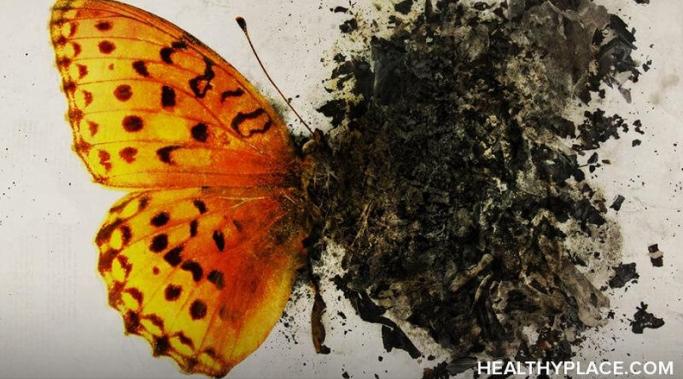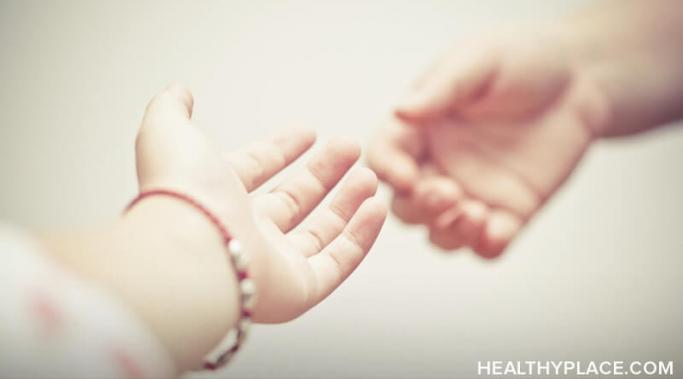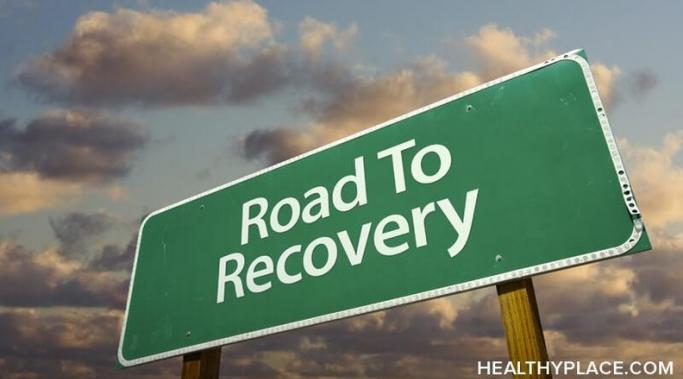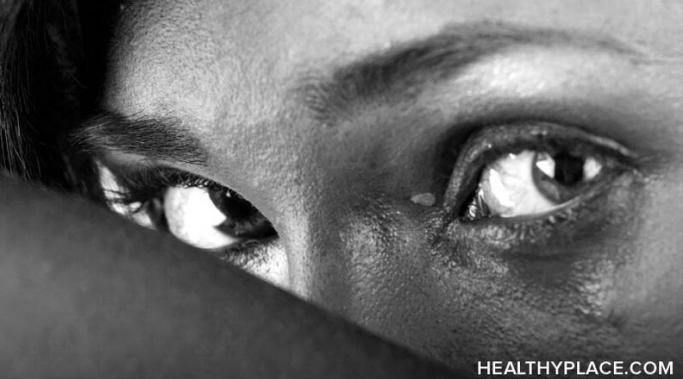What part can dissociation play in self-harm? If you’ve never self-harmed, you probably can’t understand why anyone would do such a thing in the first place. The notion of inflicting physical pain on oneself can seem illogical and terrifying. However, self-harm can often travel with dissociation symptoms.1 This means the person who self-injures might feel physically numb or have no recollection of the event.
Speaking Out About Self Injury
Trust is a necessary ingredient in any healing process. For those who self-harm, opening up about this habit enough to build a viable self-injury support network requires an enormous amount of trust—but the results are worth it.
Seeing your self-harming friend suffer in silence can't be easy. However, sometimes trying to help can only make things worse. Approaching your friend with patience, kindness, and understanding is vital.
They say what doesn't kill you makes you stronger. Most of the time, this is a positive statement; it helps people make sense of the difficulties they've faced and find something good to take away from some of the worst moments in their lives. But does hurting yourself make you stronger?
Recovering from self-injury can put a lot of pressure on us. We expect that self-harm recovery is a simple process with no obstacles on the road. However, it’s a complicated journey, and there is no one perfect way to recover. You might stumble once or twice, but that’s okay. You can still continue where you left off.
I never thought that coping with self-harm using nature could be so effective. When I was at my lowest, nothing seemed to help control the chaos that reigned my head. My self-harm was getting out of control, to the point that I was counting down the minutes to my next episode until I started walking six miles a day.
As the COVID-19 pandemic stretches on, living in its shadow has gradually become more and more familiar to us. But familiarity hasn't made any of it easier to live with, especially not those of us who were already struggling with our mental health prior to this year. Recovering from self-harm during a pandemic isn't easy—but it is possible.
Self-harm and suicide are somewhat shrouded in mystery. Many consider them a teenage fad, a call for attention, or, worse, an act of selfishness. On the other hand, research suggests that self-injury and suicide often go hand in hand with trauma, which is a serious matter. And yet, the phenomenon is not fully understood. Is it because we choose to suffer in silence? (Note: This post contains a trigger warning.)
Self-injury, by its very nature, seems inherently connected to suicidal thoughts and behaviors. Yet while suicide necessarily involves causing yourself harm, there is a subtle but important difference between self-harm vs. self-destruction.
Exercise can be a great way to let go of negative emotions and manage your self-harm urges. In particular, using yoga for self-harm prevention is beneficial as it teaches you to connect with your body and physically accept it with all its imperfections.









